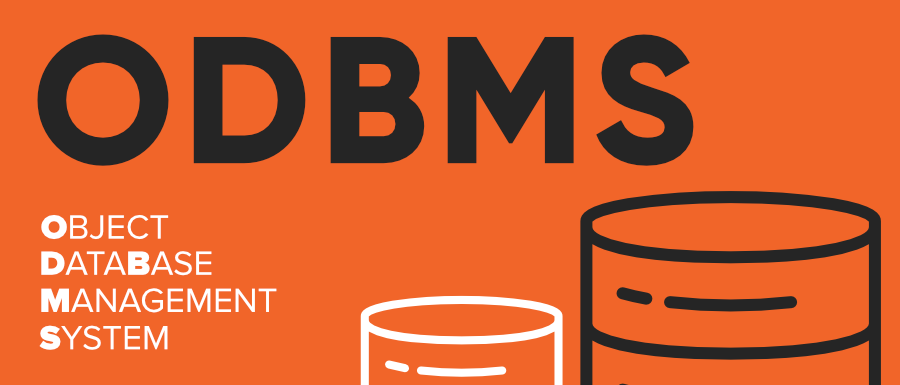ODBMS Full Form
Last Updated :
07 Dec, 2021
ODBMS stands for Object Database Management System. In ODBMS data is encapsulated and represented in the form of objects. It relates the concept of object-oriented programming with database systems. ODBMS grew out of research during the early 1970s as database support for graph-structured objects. In comparison with RDBMS, where data is stored in tables with rows and columns, ODBMS stores information as objects.

Characteristics
- Easy to link with programming language: The programming language and the database schema use the same type definitions, so developers may not need to learn a new database query language.
- No need for user defined keys: Object Database Management Systems have an automatically generated OID associated with each of the objects.
- Easy modeling: ODBMS can easily model real-world objects, hence, are suitable for applications with complex data.
- Can store non-textual data ODBMS can also store audio, video and image data.
Advantages
- Speed: Access to data can be faster because an object can be retrieved directly without a search, by following pointers.
- Improved performance:These systems are most suitable for applications that use object oriented programming.
- Extensibility:Unlike traditional RDBMS where the basic-datatypes are hardcoded, when using ODBMS the user can encode any kind of data-structures to hold the data.
- Data consistency: When ODBMS is integrated with an object-based application, there is much greater consistency between the database and the programming language since both use the same model of representation for the data. This helps avoid the impedance mismatch.
- Capability of handling variety of data: Unlike other database management systems, ODBMS can also store nn textual data like-: images, videos and audios
Disadvantages
- No universal standards: There is no universally agreed standards of operating ODBMS This is the most significant drawback as the user is free to manipulate data model as he wants which can be an issue when handling enormous amounts of data.
- No security features:Since use of ODBMS is very limited, there are not adequate security features to store production-grade data.
- Exponential increase in complexity:ODBMS become very complex very fast. When there is a lot of data and a lot of relations between data, managing and optimising ODBMS becomes difficult.
- Scalability: Unable to support large systems.
- Query optimization is challenging: Optimising ODBMS queries requires complete information about the data like-: type and size of data. This compromises the data-encapsulation feature that ODBMS had to offer.
Share your thoughts in the comments
Please Login to comment...